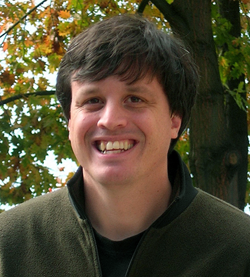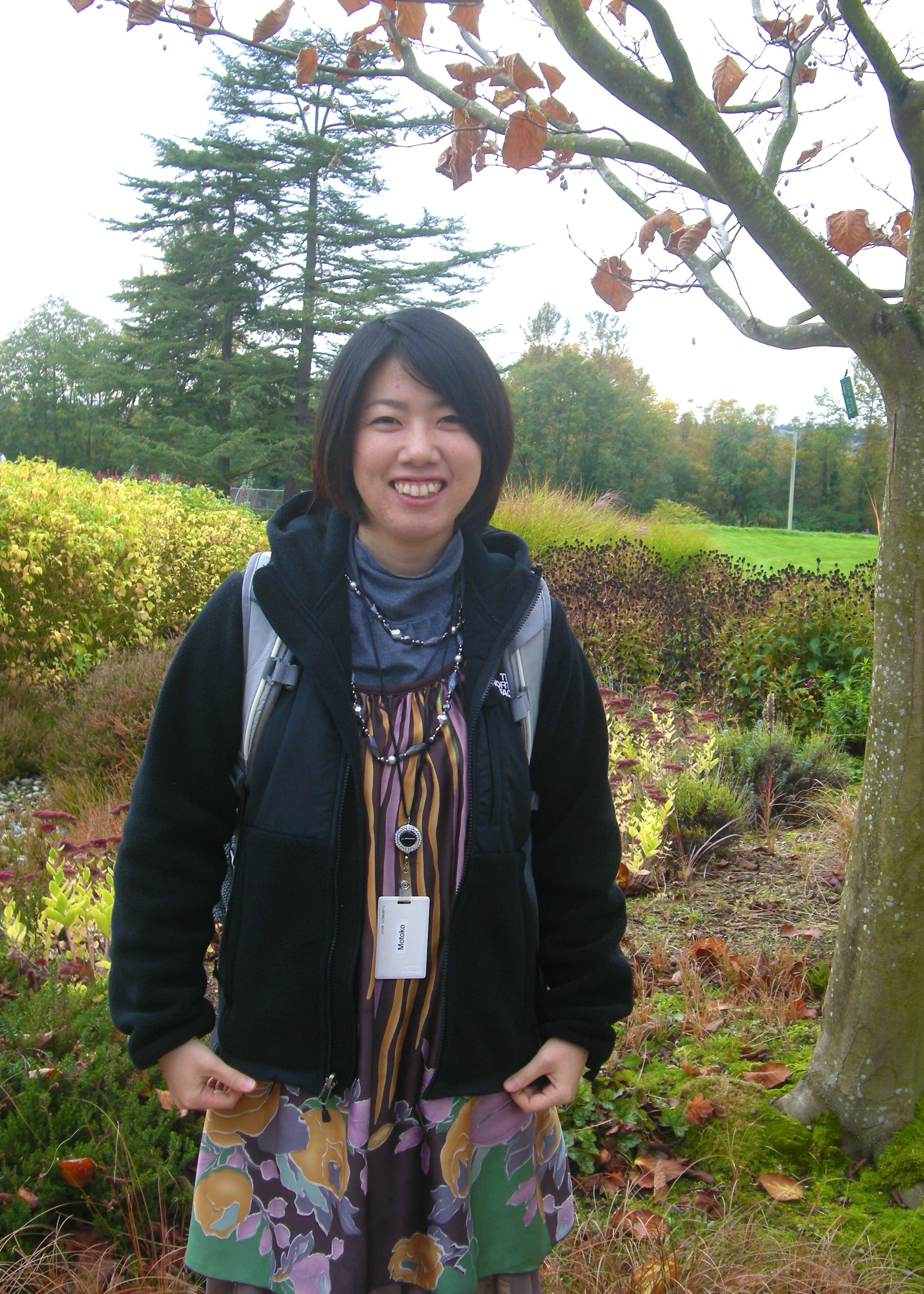| |||||||
|
|
Bio: Jonathan Reed is a graduate student in the Ph.D. in Molecular and Cellular Biology (MCB) and M.S. in Epidemiology joint program. As an undergraduate at Oregon State University, he majored in Life Sciences/Botany and studied suppressors of RNA silencing encoded by plant viruses in the laboratory of Dr. Valerian Dolja. In 2004, he entered the University of Washington (UW) MCB PhD program, and in 2005-2006, Jon completed his coursework for his M.S. in Epidemiology at UW. As an undergraduate, Jon received numerous awards, including two HHMI summer undergraduate research fellowships and the outstanding senior award at Oregon State University. In 2006, Jon received a 3-year NSF graduate research fellowship. Research: As a rotation student, Jon identifiied the HIV capsid assembly intermediate that appears to direct the nascent viral capsid from the cytosol to membranes. For his PhD thesis, Jon is studying the other cellular factors, besides ABCE1, that are present in HIV capsid assembly intermediates.
Publications:
Bio: Motoko Tanaka grew up in Awaji Island in Japan, which is famous for having the world's longest suspension bridge, the fourth fastest currents in the world (in the Naruto whirlpools), and a 500-year-old form of traditional puppet theatre. She did her undergraduate studies at the University of Tokushima, where she majored in Biological science and Technology and worked in the laboratory of Professor Hitoshi Hori. In 2007, she entered the Kobe University PhD program, where she studied host genetic factors related to the susceptibility to Mycobacterium infection in the infection control laboratory of Dr. Masato Kawabata. In 2008, she moved to the laboratory of Dr. Yoshihiro Kawaoka, in the Division of Zoonosis, Department of Microbiology and Infectious Diseases, Graduate School of Medicine at Kobe University, where she studied the host adaptation mechanism of influenza virus. In April 2010, she joined the Lingappa laboratory as a visiting graduate student, through the University of Washington School of Medicine and Kobe University Graduate School of Medicine exchange program and the Kobe University Global COE Program Kobe University Global COE Program funded by the Ministry of Education, Culture, Sports, Science, and Technology of Japan. She is currently enrolled in the Visiting International Student Internship and Training Program (VISIT) at University of Washington. Outside of lab, Motoko enjoys traveling to foreign countries, photography, and hiking. Research in the Lingappa Lab: In her first project in the Lingappa lab, Motoko worked with Kevin Klein and Jon Reed studying the role of the nucleocapsid domain in HIV capsid assembly using Gag-leucine zipper chimeras (Klein, Reed, Tanaka, et al., manuscript submitted). Currently, she is working on identifying the binding site for ABCE1 in HIV-1 Gag and understanding how HIV-1 capsid assembly is linked to budding.Publications:
|



